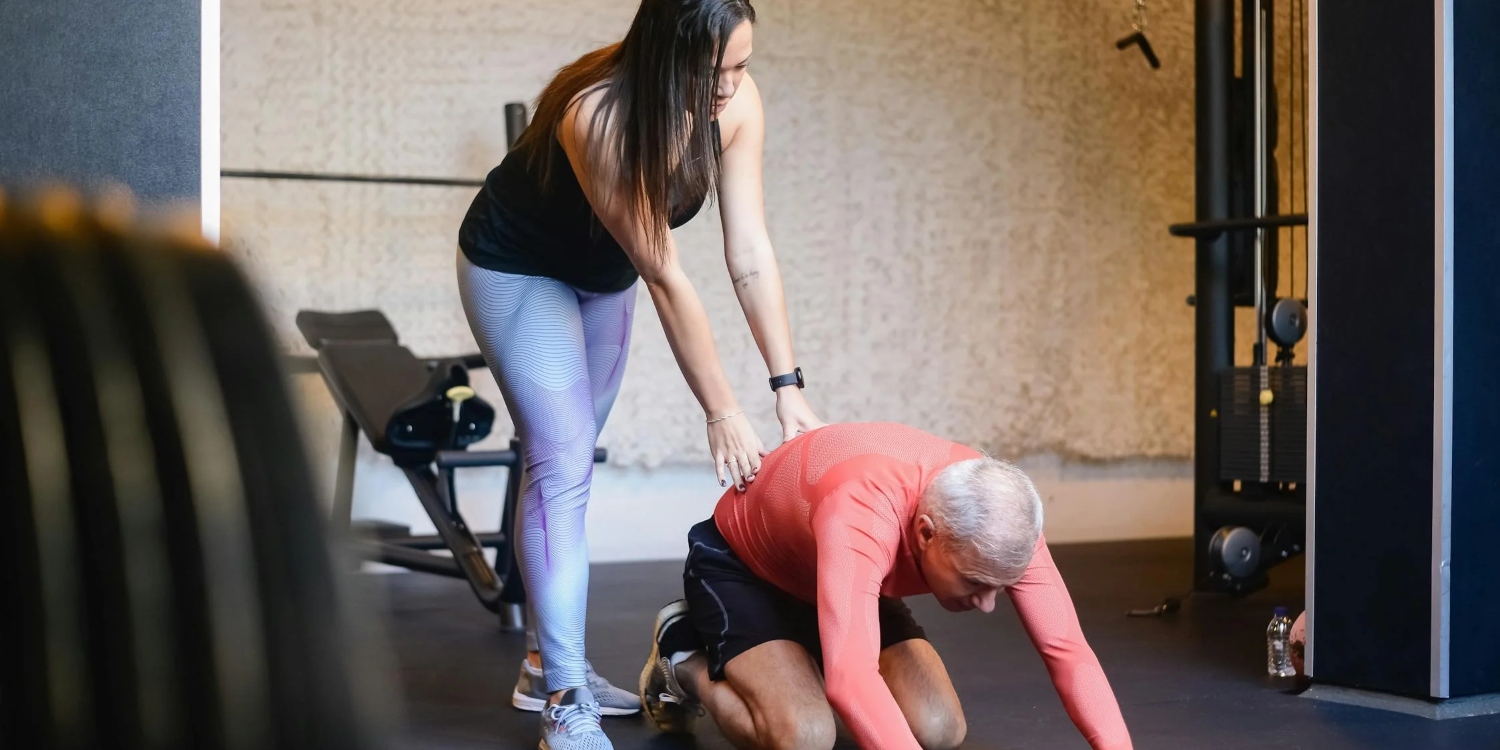The Science Behind Aging and Exercise
As we age, our bodies undergo various changes, including a decrease in muscle mass and an increase in fat accumulation, particularly within muscle tissue. This process, known as intramuscular adipose tissue (IMAT) accumulation, contributes to age-related decline in muscle function and physical performance.

However, recent research suggests that regular exercise may hold the key to reversing these signs of aging. A study published in the journal Science Advances found that exercise has the remarkable ability to flush fat from muscles, effectively reversing age-related changes and restoring muscle health.
By engaging in regular physical activity, individuals can stimulate the body’s natural mechanisms for breaking down and removing fat deposits within muscle tissue. This process, known as lipolysis, helps to reduce IMAT accumulation and improve muscle quality, leading to enhanced strength, mobility, and overall health.
The Role of Exercise in Muscle Health
Exercise plays a crucial role in maintaining muscle health and function throughout the aging process. By engaging in activities such as strength training, cardiovascular exercise, and flexibility exercises, individuals can promote muscle growth, enhance metabolic function, and reduce the accumulation of fat within muscle tissue.
Strength training exercises, in particular, have been shown to be highly effective in preserving muscle mass and strength as we age. By challenging the muscles with resistance exercises, individuals can stimulate muscle growth and repair, while also promoting the breakdown of fat deposits within muscle tissue.
In addition to strength training, cardiovascular exercise helps to improve circulation, increase oxygen delivery to muscles, and promote the removal of metabolic waste products, including fat. Incorporating a variety of exercise modalities into one’s routine can provide comprehensive benefits for muscle health and overall well-being.
The Fountain of Youth: Harnessing the Power of Exercise
As the research suggests, exercise may hold the key to reversing age-related changes in muscle health and function. By engaging in regular physical activity, individuals can promote the breakdown and removal of fat from muscles, leading to improved strength, mobility, and vitality.

Furthermore, exercise offers numerous additional benefits for overall health and well-being, including reduced risk of chronic disease, improved mood and mental health, and enhanced quality of life. Whether it’s through strength training, aerobic exercise, or flexibility training, incorporating regular physical activity into one’s routine is essential for maintaining optimal health and vitality as we age.
Ultimately, exercise serves as a powerful tool for promoting longevity and preserving youthfulness, allowing individuals to live life to the fullest and enjoy a higher quality of life well into their later years. By prioritizing physical activity and making exercise a regular part of daily life, individuals can harness the fountain of youth and reap the benefits of a healthy, active lifestyle for years to come.